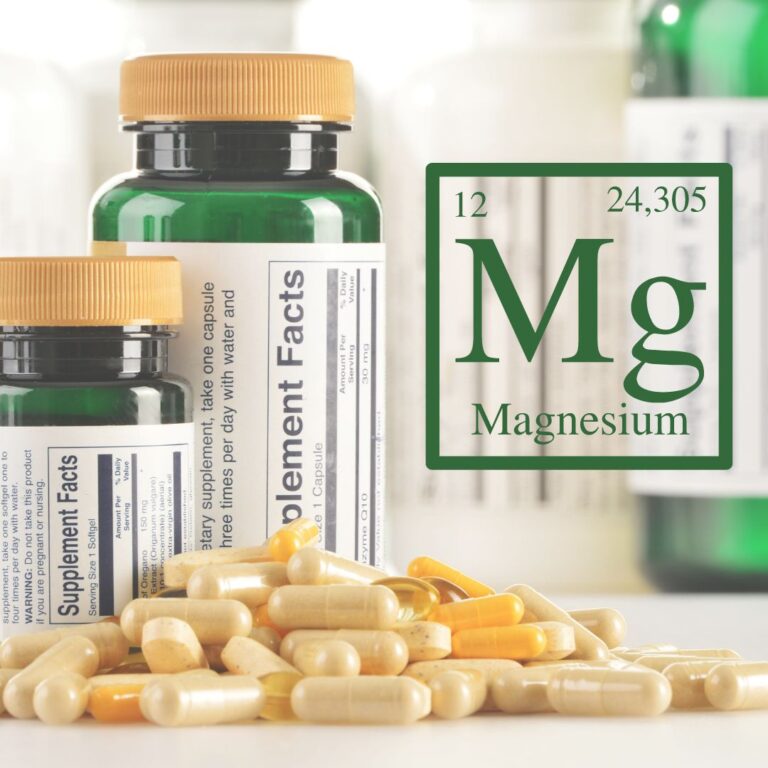Betty Dolman, Pharmacist
Iron is crucial to many of our bodies functions, including breathing, energy production, and growth.
It is very important for us to have the proper amount of iron, as too little and too much can be problematic. Most of our daily iron needs are provided by recycling of our own red blood cells. Under normal circumstances, our bodies only need to obtain a small amount of iron through our diet. Iron deficiency occurs when we have a substantial decrease in iron absorption or blood loss. Symptoms of iron deficiency can include fatigue, weakness and difficulty concentrating.
Serum ferritin concentration is the most commonly recommended indicator for determining iron deficiency. Ferritin is a protein in your blood that stores iron; low ferritin levels indicate iron deficiency.
Dietary Deficiency
Dietary deficiency is rare in first world countries because of the availability of iron in many foods such as meats, vegetables and iron fortified grain products. It can be seen in diets that are restricted in dietary iron sources and not appropriately supplemented ( ie. strict vegan diets)
Blood Loss
Blood Loss is the most common cause of iron deficiency in adults. Potential causes of blood loss can include heavy menstruation, intestinal bleeding ( ulcer, gastritis, chronic high dose use of NSAIDs) , gastrointestinal cancer and frequent blood donations. It is very important to identify the cause of iron loss to develop a proper treatment plan.
Impaired Absorption
Certain gastrointestinal conditions can lead to poor iron absorption. Examples include bypass surgery, gastrectomy, inflammatory bowel disease etc.. When treating iron deficiency, its is very important to correct the underlying cause along with iron supplementation.

Iron Supplementation
Oral Iron Supplementation comes in 2 main forms. Heme Iron which is found mainly in meats, and Free Iron or Non Heme Iron, which is found mainly in plants. Heme iron is thought to be better absorbed but there are not enough studies to confirm this. Free Iron comes in 2 forms Ferric and Ferrous Iron. These irons are absorbed better in an acidic environment and is often recommended to be taken with a glass of orange juice. Some products such as calcium, fibrous raw vegetables, teas and coffees can also inhibit iron absorption so it is import to consult with you physcian or pharmacist to ensure the best results from your supplementation.
The key to oral iron supplementation is to start low and go slow. There are many different types of iron formulations available. Some are marketed as better absorbed or less irritating to the stomach, but tolerance seems to be patient specific and may require a trial of different iron salts, formulations or dosages. Side effects most commonly seen include abdominal discomfort, constipation, dark stool, diahrrea , nausea and vomiting. These side effects are dose dependent, hence the need to start low and go slow.
Types of iron supplments include:
1. Immediate release salts are the drug of choice based on cost and absorption and have similar side effects at equivalent doses
- Ferrous Fumarate -100mg elemental iron
- Ferrous Sulfate – 60mg elemental iron
- Ferrous Gluconate – 35mg elemental iron
2. Heme-Iron Polypeptide is naturally sourced from bovine hemoglobin and is promoted as having better absorption. About 11mg elemental iron per tablet.
3. Polysaccharide-Iron is a form of the mineral iron and promotes less side effects. A dose delivers 150mg iron.
The goal to iron supplementation is to replenish the body’s iron stores and resolve symptoms of iron deficiency. It typically takes 2 months of supplementation to restore blood levels and another 3-6 months to replenish iron stores. It is important to have a repeat ferritin level to confirm normal iron storage. Once the levels are normal and the underlying condition resolved, it is no longer necessary to continue supplementing. It is a good idea to make sure you diet contains some iron sources. Iron rich foods include red meat, pork, poultry, seafood, beans, dried fruits and iron-fortified foods such as grains and cereals.
Some populations will have addition iron requirements. Pregnant and lactating mothers with have an increased need. Iron deficiency is typically seen in patients who were borderline/low prior to pregnancy. Maternal iron deficiency increases the risk of preterm delivery and most prenatal vitamins will have iron added for this reason. The elderly is another population at increased risk. It is always important to consult your pharmacist if you or a loved one may be suffering for iron deficiency.
If you have questions about taking iron supplements or to purchase iron supplement contact one of out pharmacy locations.
Reference: Iron Deficiency Anemia (IDA) Clinical Practice Guideline , March 2018






